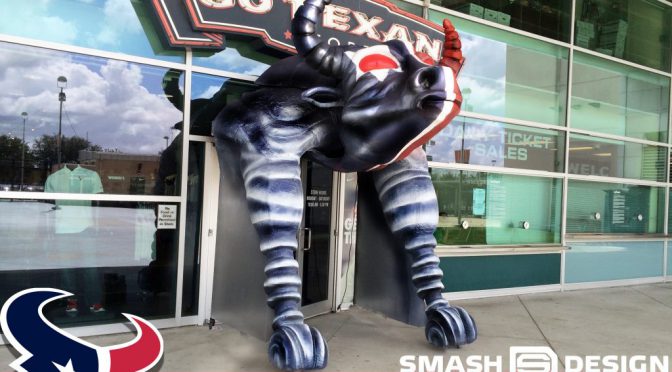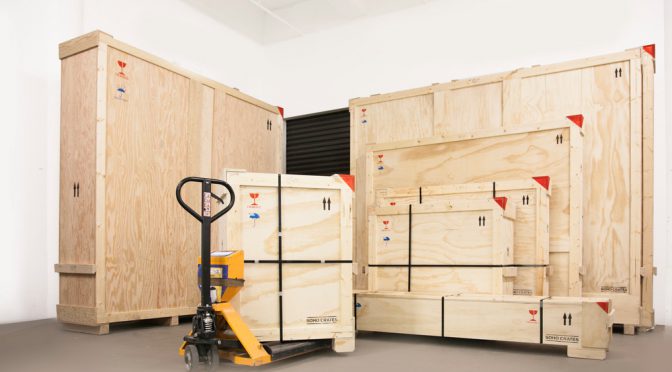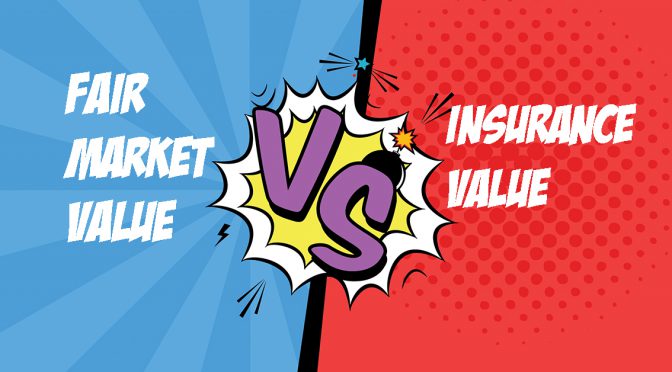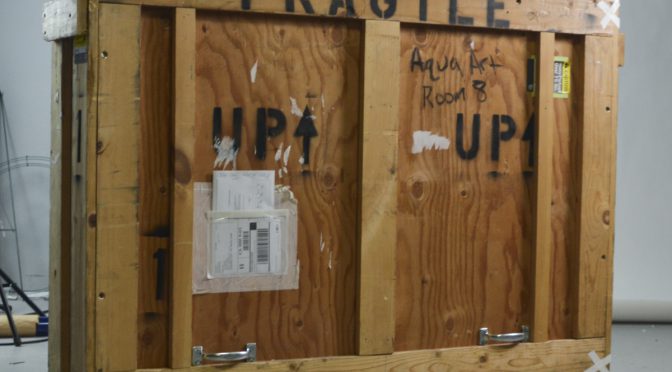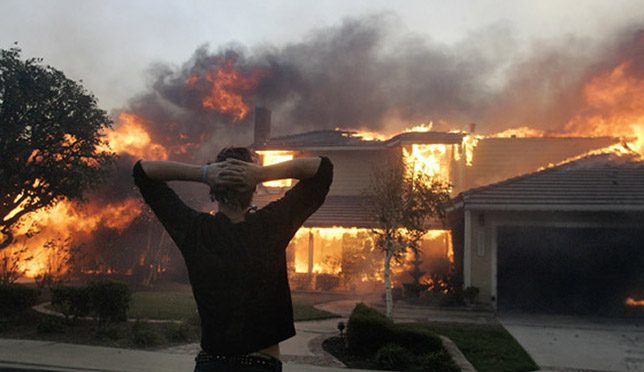The following are excerpts from our Principal William G. Fleischer’s Q&A interview with renowned online art site, Artsy.
Artsy features the world’s leading galleries, museum collections, foundations, artist estates, art fairs, and benefit auctions, all in one place. William represents leading art insurers like: AXA, Travelers, Chubb, XL-Catlin, ARIS, Philadelphia, Tokyo Marine, Markel, Hartford, and Berkeley, just to name a few. He has been honored by Insurance Business Magazine as a top Fine-Art Insurance broker.
1. How do you assess who is at fault in the case of online fraud?
It’s always the seller, and what does that mean? It means it could be an auction house, gallery, dealer, artist, or collector. It only takes one to commit fraud and fool the rest.
Anyone selling art or buying art has the exposure of fraud. Both parties must do their due diligence, such as verifying provenance, artist catalog raisonné, and authenticity certifications. If the art has an appraisal, then verify that it is not photoshop or touched up. To make sure one does all they can to confirm the authenticity, these are some resources: contacting the appraiser, establishing the comparisons, and researching the appraiser to avoid possibly buying or selling a fake.
Some art dealers try to do a soft touch by requiring sellers/consignees to sign documents regarding titles, conditions, and appraisals to endorse that they are true. The more you inform yourself, the better; you can never do too much research or ask too many questions.
When it comes to fraudulent art coverage, not all art policies cover fraudulent artwork; it is considered contraband, and selling contraband is illegal. If the work is scheduled for your collector’s policy and is found to be fake, there is no misrepresentation coverage. If you have a blanket policy, you will be paid for the fake market value. So buying and selling fake art is legal as long as you disclose it as a replica.
2. How have your policies adapted to cybersecurity breaches in the art market?
The traditional Art insurance policy has not adopted to cyber exposures. The insurance industry developed a special Cyber Liability Policy focusing on cyber-crime exposure. This policy pertains to identity theft, ransomware (when someone locks you out from your data, emails, network, etc.) extortion, stealing secrets passwords, defacing websites, and virus attacks.
3. How recent is this sector in the field of insurance?
Cyber is about ten years old. With the proliferation of online business, there has been a growth of hackers, viruses, and extortionists. The increase has risen so significantly that our government has created requirements for firms to follow to protect consumers.
As for online fraud, it has been around since the time you could upload pictures to the web, and Adobe Photoshop was developed. This has caused many issues from wiring, bounced checks, and even sending empty boxes to purchasers.
4. How long has ArtInsuranceNow.com been involved in this aspect of insuring artworks?
We have been insuring online art dealers for the past seven years. It has grown into a vertical marketplace. Everyone is selling online, including artists, collectors, auction houses, galleries, dealers, and even art stores.
Each has its own unique exposures to fraud. Keep in mind that not all policies are the same. Be sure to check if your policy addresses your requirements like online transit coverage, method of valuation at time of loss calculations, or covering your art inventory on and off the premises.
5. Do you see a greater need for this kind of protection in the industry?
For Cyber, yes. New York State has joined other states imposing a cyber law called “Stop Hacks and Improve Electronic Data Security.” (Shield) https://www.shrm.org/resourcesandtools/legal-and-compliance/state-and-local-updates/pages/new-york-shield-act.aspx this requirement enforces that all employers to have a plan preventing breaches to their computers, networks, and associated vendors accounts.
This is a forever ending battle between hackers and online transactions. As for the actual exchange of art, there have been talks of blockchains, but it’s too young of a concept and still unproven to be used as a standard in today’s art transactions.
6. Can you provide some examples of cybersecurity cases you’ve had to handle?
I have not handled any cyber claims directly, but I am aware of a few:
A hacker was able to enter the data of a large firm. They then posted the information on a social media website for everyone to read. The leaked information included: what they purchased, addresses, the items they sent, family members, affairs, second homes, and other nonpublic notes in a client file.
This was a clear breach of confidential information. Although it was not their fault, the firm was sued because a spouse learned of an affair and asked for a divorce. Another lawsuit was served because a private loan against the art was shared, which tainted their reputation. All in all, this breach caused multiple cases.
Another case brought to my attention was a prominent online dealer who was hacked by ransomware (explained above). It was very costly to pay. They locked him and his staff out of their management system, websites, all email accounts, and their access to vendors.
The business was frozen until the ransom was paid. The dealer did have the option to rebuild his systems from scratch, but it would be time-consuming, and with these delicate matters, time is of the essence.
The last I will share case occurred with a museum. A director was out of town on business, a hacker got into her email and sent a request to wire money to the controller to purchase art work. Just like that, the transfer was done, and the Museum lost $30,000.
7. What should collectors keep an eye out for regarding insurance when collecting online?
For fraud, they should keep an eye out for: the reputation of seller and buyer, the person or company who does the appraisals, condition reports, how the art is packed, whether the items are on the government forbidden list (like ivory), and complaints.
When it comes to cybersecurity, confirm: if there is a security in place, preventing attacks.If the second or third party provides software against breaches to their system, if there are approved certificates on their website, and have a separate bank wire account for just purchases.
Be sure to have firewalls on your computer, verify before opening embedded links by looking at the URL where it is coming from? Install anti-virus software and keep it up to date. Before clicking any link, go with your gut. When in doubt, don’t click.
We work with “A” rated Insurance Companies to ensure art collectors, galleries, museums, dealers, artists, and auctioneers that their works are properly taken care of. Get your free quote below.








